
How to Plant, Grow, and Harvest Garlic
- Learn how to make your own garlic powder to easily spice up a recipe.
- Roasted garlic bulbs are also a favorite of ours!
- Around the time of the summer solstice (late June), hardneck garlic sends up a seed stalk, or scape. Allow it to curl, then cut off the curl to allow the plant to put its energy into bulb formation. Use the scapes in cooking the same way you would garlic bulbs. We like to stir fry scapes the way we cook green beans—similar, with a spicy kick! Note that they get more fibrous and less edible as they mature.
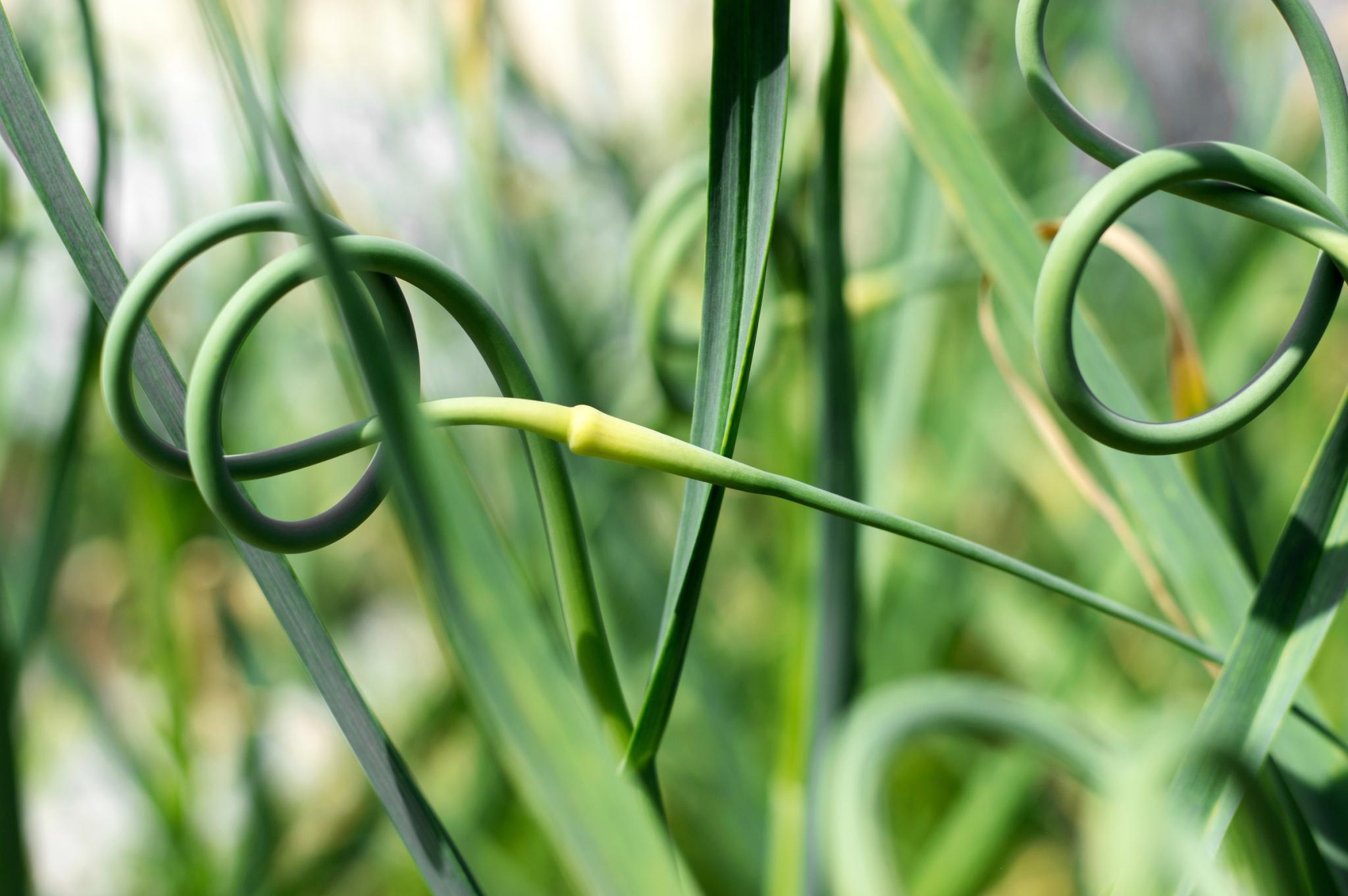
ADVERTISEMENT
Thank you for a clear guide to growing garlic! Very helpful. I bought 5 heads from our local farm feed & seed store, separated them, put the cloves in a bowl with a few teaspoons of water, roots started to emerge in about 2 days, then I planted them in a prepared raised bed. I’ll wait for a frost (Central Virginia has pretty mild winters) and then cover with hay mulch. Thank you again.
Friends,
Gentleness with one another, please. We all just want to learn about growing garlic. : )
And a thought meant kindly for all of us-
I can understand that converting might be frustrating, and if you send an email to the customer service department and ask them to list both types of measurements I bet they’ll be happy to do it.
Happy planting, all! Can’t wait to harvest and braid mine!
- C
Re your comment: "Bulbs should be stored in a cool (40°F / 4°C), dark, dry place...Do not store garlic in the refrigerator, either." I live in Houston, where it is hot and humid 5 months out of the year, and warm and humid another 6 months out of the year. It is mid-October, and until yesterday the high temperature every day has been in the 90s since early May. Even my garage doesn't stay at 40 degrees consistently over several months...so where do I store garlic that is 40 degrees but not a refrigerator? It may sound like I am jesting, but I am asking this question in all seriousness. Thanks.
That was a typo on our part! Garlic bulbs should be stored at around 55°F. Even up to 60°F would be suitable. A refrigerator is generally too cold and humid to store garlic bulbs well.
Inches only... WHY ?
I'm 51 years old and grew up in an educational system that only used decimalised systems. I have used litre, metre, centimetre, millimetre, nanometer and centigrade my entire life. It is really annoying when US websites refuse to give both measures, the rest of the world has no idea what an inch is. It is very irritating trying to study something when you have to constantly leave the page to find out what US imperial measures are. Is it asking too much to supply the information in a format that everybody in the world understands? The rest of the world has been metric for many decades (over half a century in some countries) for good reason. And, before some clown says "we put man on the moon"... News flash... NASA was founded by Von Braun, a European German that used metric his entire life.
It is so bad in America that nobody even knows what size a US Cup measure is in metric. I have seen it as anything from 100ml (!!!) to as high as 275ml. (250ml is the closets any American guessed it). A gallon is a gallon right ? ... No, "Gallons" change volume pending which country e.g. US G = 3.75 litre but an old UK G = 4.5 litre, then other nations had their "gallon" versions too. 1 litre is the same in every nation in the world. Important when refueling an airliner right ?


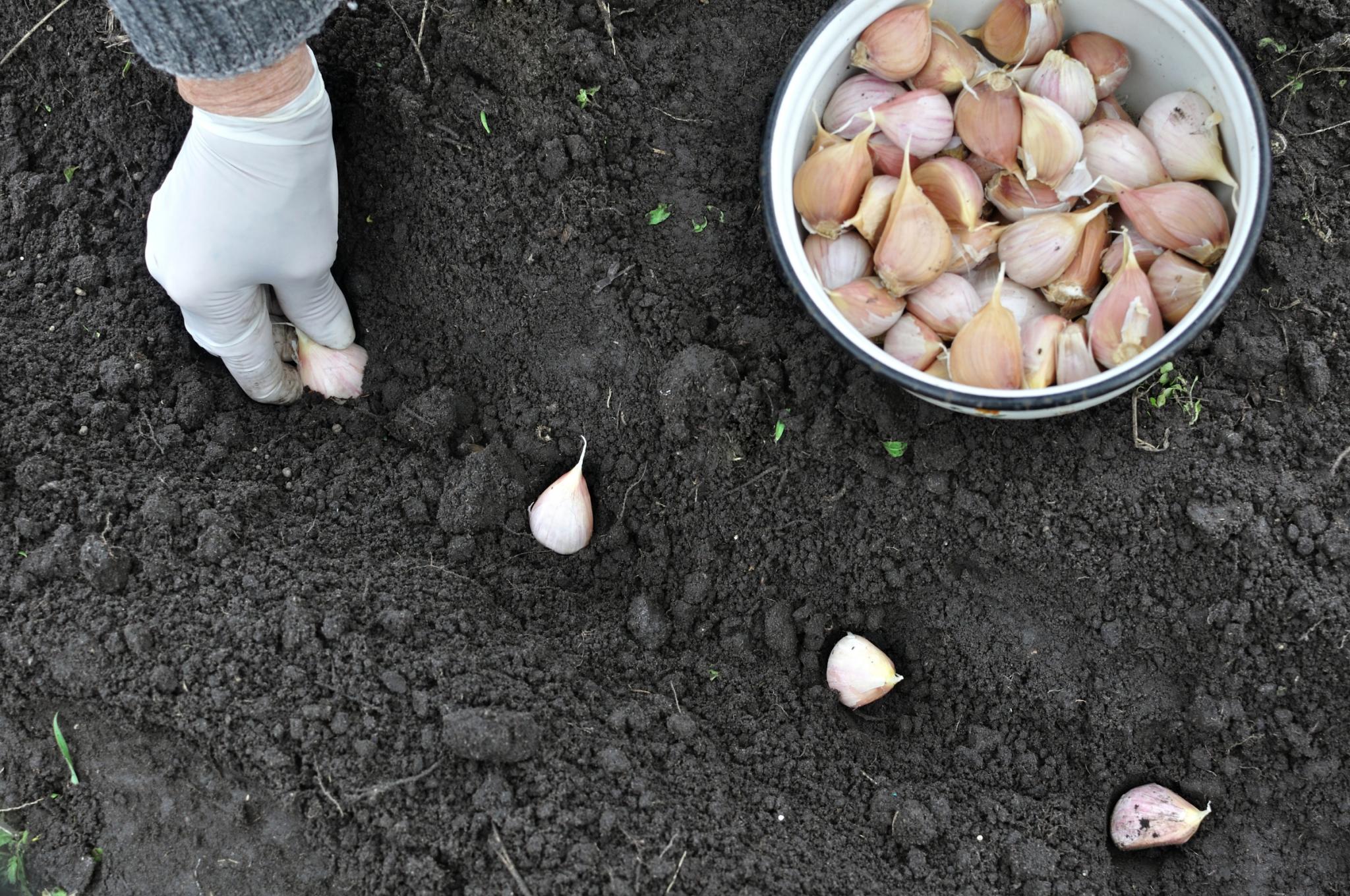
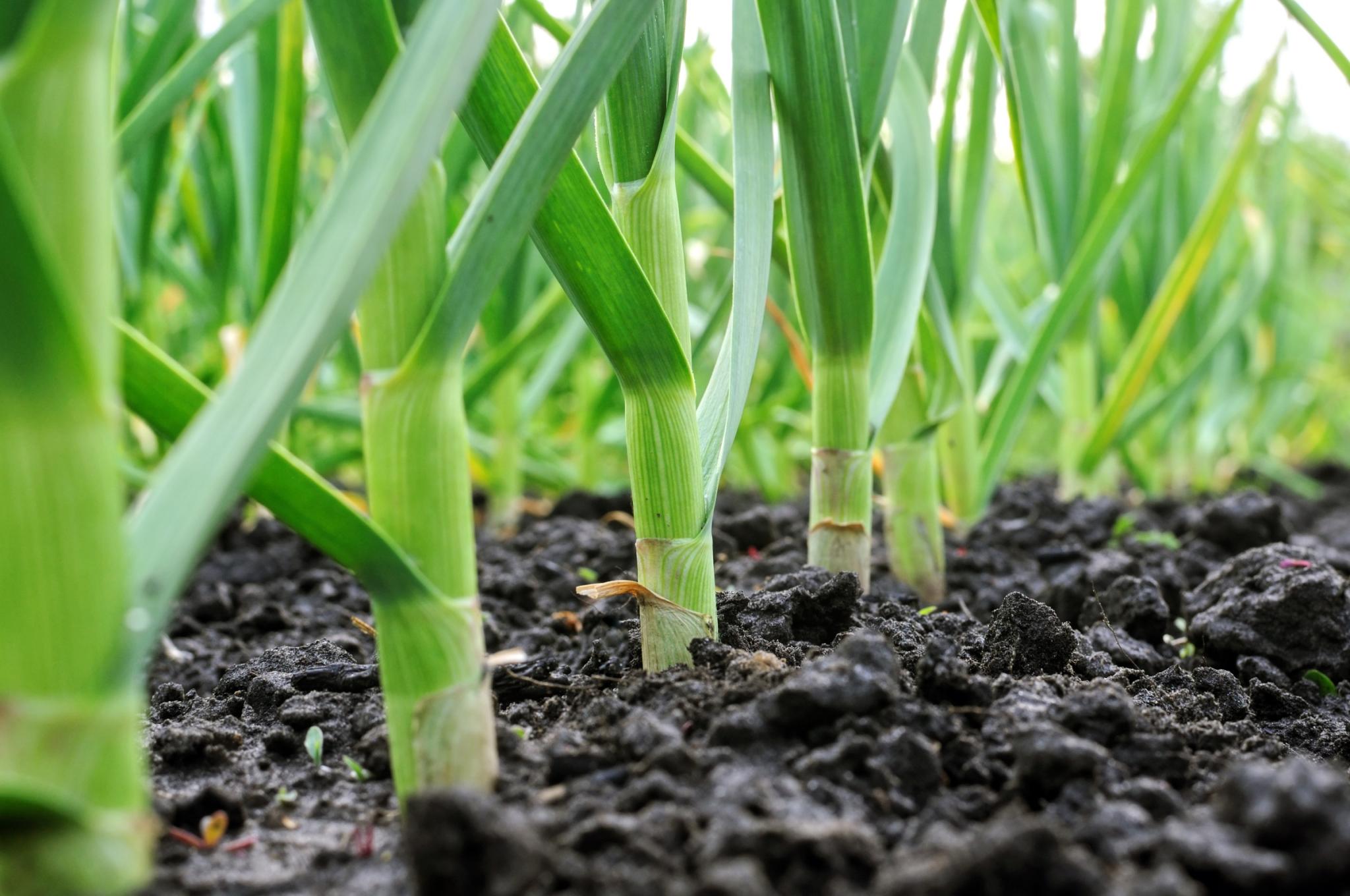
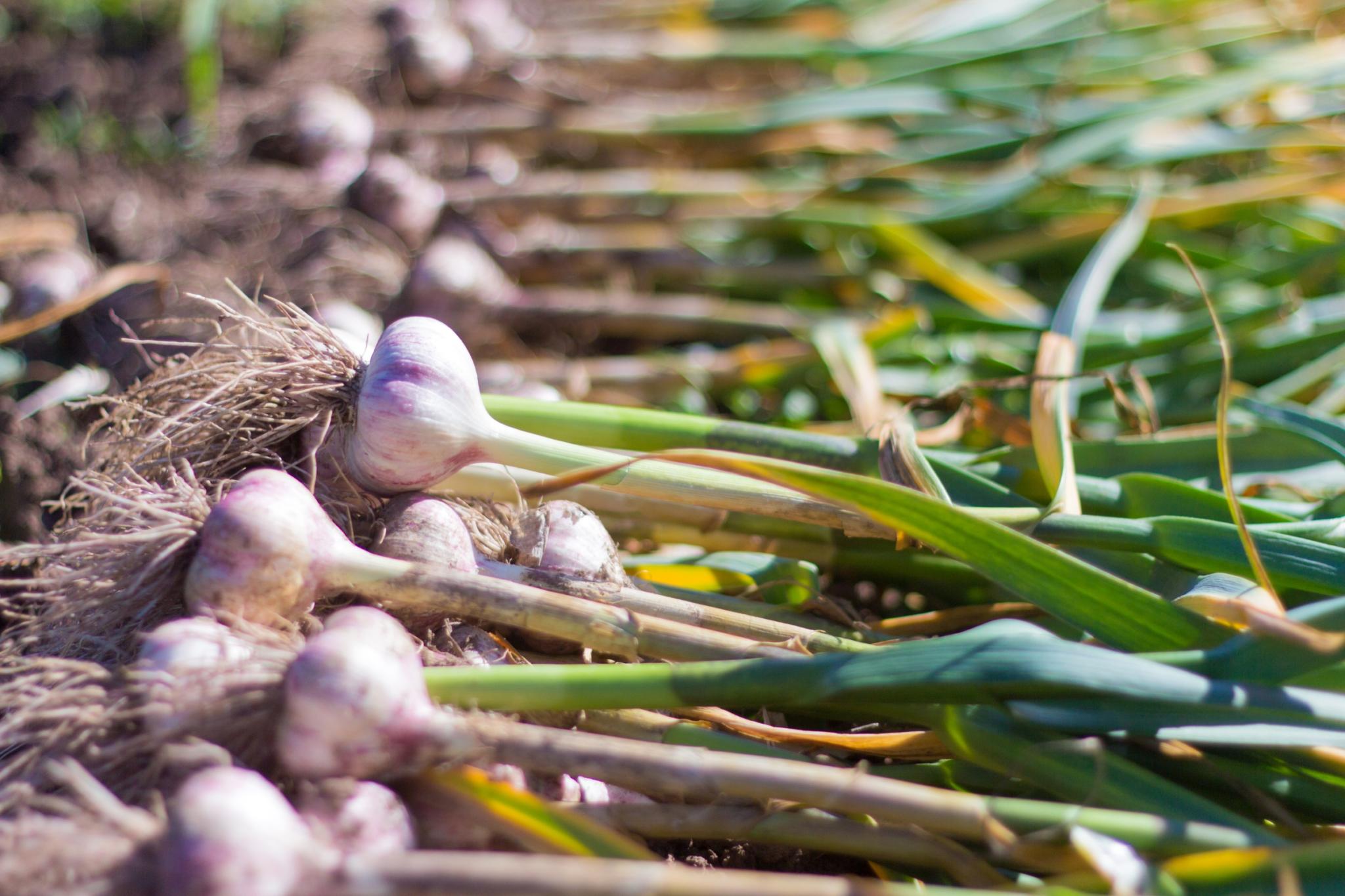
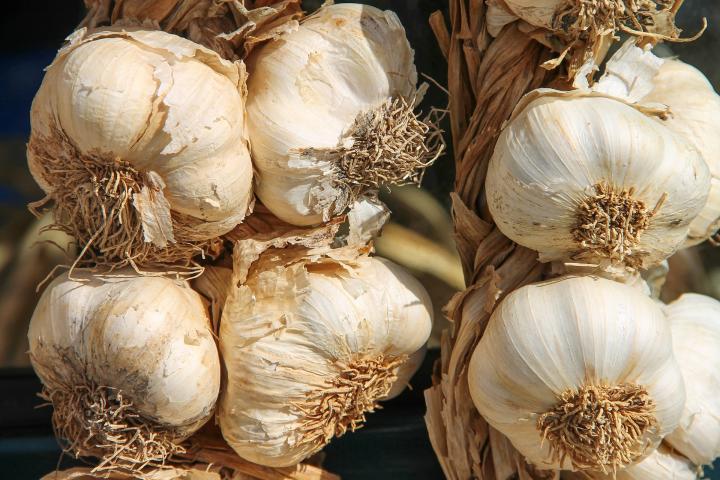








Comments